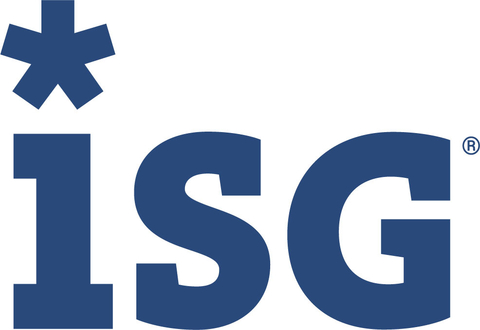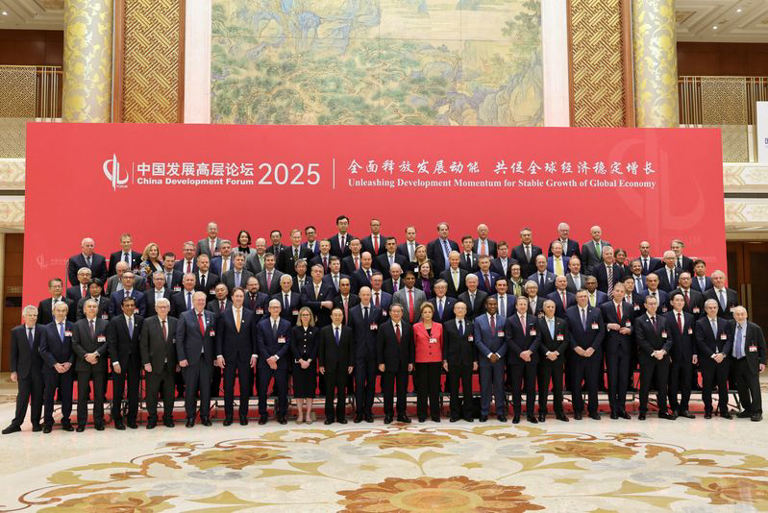Cubicle Culture Crumbles: Why Hot-Desking is the New Office Norm
Companies
2025-04-27 09:49:00Content

The landscape of workplace design is rapidly evolving, with a notable shift in individual workspace allocation. Recent data from commercial real estate leader CBRE reveals a significant decline in dedicated personal workspaces. In just three years, the percentage of individual workspaces has dropped from 51% in 2021 to a mere 40% in 2024, signaling a transformative trend in modern office environments.
This reduction suggests a growing preference for more collaborative and flexible work settings, where traditional assigned desks are giving way to dynamic, shared spaces that promote interaction and adaptability. Companies are increasingly prioritizing collaborative zones, hot-desking arrangements, and multipurpose work areas that cater to changing workforce needs and hybrid work models.
The Vanishing Workspace: How Corporate Environments Are Reshaping Professional Landscapes
In the rapidly evolving world of modern work, traditional office configurations are undergoing a dramatic transformation that challenges decades-old workplace paradigms. As organizations navigate unprecedented shifts in employee expectations and technological capabilities, the very concept of individual workspace is being fundamentally reimagined and reconstructed.Revolutionizing Professional Environments: The Decline of Personal Workstations
The Changing Dynamics of Corporate Real Estate
The contemporary corporate landscape is experiencing a seismic shift in workspace allocation strategies. Commercial real estate trends reveal a profound transformation, with companies increasingly moving away from traditional individual workspaces. Between 2021 and 2024, organizations have witnessed a substantial 11% reduction in dedicated personal workstations, signaling a fundamental restructuring of professional environments. This dramatic decline reflects deeper organizational changes driven by technological advancements, remote work technologies, and evolving workforce preferences. Companies are recognizing that rigid, static workspace models no longer align with the dynamic needs of modern professionals who demand flexibility, collaboration, and adaptive work environments.Technological Disruption and Workspace Optimization
Advanced digital technologies have dramatically reshaped how professionals conceptualize and utilize workspace. Cloud computing, robust communication platforms, and sophisticated collaboration tools have effectively decoupled work from physical location, enabling unprecedented workplace flexibility. Organizations are increasingly investing in flexible, multipurpose spaces that can be rapidly reconfigured to support diverse work styles and team dynamics. These adaptive environments prioritize collaboration, creativity, and employee well-being over traditional, compartmentalized workspace designs.Economic and Cultural Implications
The reduction in individual workspaces represents more than a mere architectural trend—it signifies a profound cultural and economic transformation. Companies are recognizing significant cost savings by optimizing real estate footprints, while simultaneously addressing employee desires for more dynamic, interconnected work environments. This shift reflects broader societal changes, including generational workforce transitions, technological integration, and evolving perspectives on productivity and professional engagement. Modern professionals increasingly value experiences, flexibility, and collaborative opportunities over traditional, static workplace configurations.Psychological and Productivity Considerations
The transition away from individual workspaces is not without psychological complexity. While some employees celebrate increased flexibility, others may experience anxiety about reduced personal territory and potential loss of professional identity. Organizations must carefully navigate these emotional landscapes, designing workspace strategies that balance organizational efficiency with individual psychological needs. Successful implementations require nuanced understanding of human behavior, technological capabilities, and organizational culture.Future Workplace Predictions
Looking forward, workspace design will likely continue evolving toward increasingly fluid, technology-enabled environments. Artificial intelligence, augmented reality, and advanced collaboration platforms will play pivotal roles in reshaping how professionals interact, create, and produce value. The trajectory suggests a future where physical workspace becomes increasingly dynamic, intelligent, and responsive to individual and collective professional needs. Companies that successfully adapt will gain significant competitive advantages in attracting and retaining top talent.RELATED NEWS
Companies

From Classroom Chaos to Silicon Valley: How Ed-Tech Startups Are Reinventing Learning
2025-04-09 17:12:07
Companies

Breaking: Musk's Xtra Move - AI Powerhouse Acquires Mysterious 'X' in Surprise Tech Coup
2025-03-28 23:09:55






